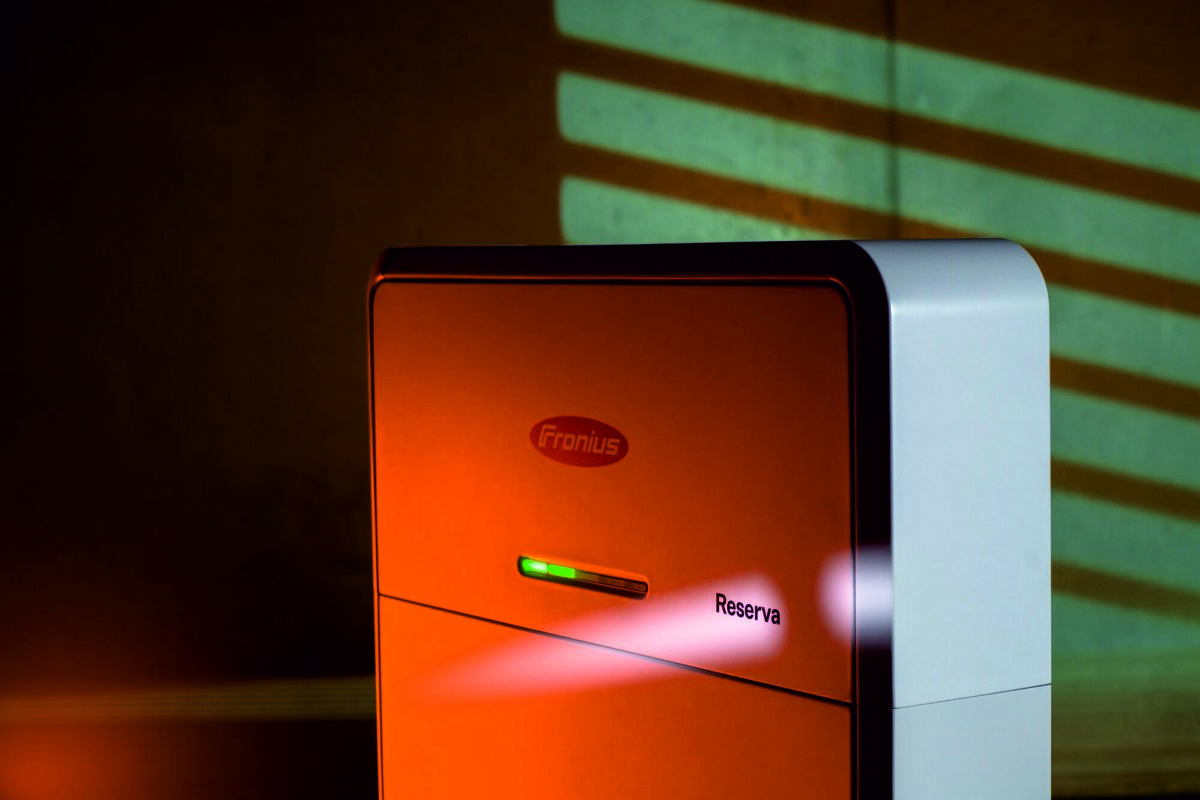Trade body SolarPower Europe has welcomed a draft of legislative proposals outlined by the European Union in its ‘Fit for 55' emissions reduction package, while calling for the bloc to go further.
The policy package – which refers to the raised ambition of reducing the EU's carbon emissions by 55% from their 1990 baseline level, by 2030 – was unveiled amid much fanfare yesterday, and included a recommendation by the European Commission that renewable energy generation account for 40% of Europe's electricity in nine years' time.
That would equate to a lot of solar capacity this decade, according to SolarPower Europe CEO Walburga Hemetsberger, although not enough, she added, stating: “The European Commission’s proposed 40% renewables target would correspond to 660 GW [of] solar power installed by 2030, a huge number, driven by the versatility of solar and record-breaking cost reductions. No other energy technology is growing more than solar in Europe today which means that we can go even further, even faster. Our 100% Renewable Europe study with LUT [Lappeenranta-Lahti University of Technology] … demonstrates the most cost-efficient pathway to climate neutrality is a 45% renewables target by 2030, which would put the continent on track to deliver on the 1.5C Paris Agreement scenario.”
Solar and sustainability
With time-consuming, complex permitting for solar plants an issue that has been raised by the industry again and again, the commission's Directorate-General for Energy pledged to produce guidance, next year, on how EU member state governments can help reconcile the need for clean energy facilities with environmental concerns and the interests of locals.
SolarPower Europe senior policy advisor Naomi Chevillard, said: “We are happy to see the European Commission address permitting, which continues to be a critical barrier to solar deployment today. The introduction of EU permitting guidelines are a necessary step to support this dialogue between the European Commission and member states, we therefore applaud energy commissioner Kadri Simson's confirmation that the European Commission Directorate-General for Energy (DG ENER) will issue guidance on ‘reconciling permitting with environmental and local communities interests,’ as of next year. If this fails to deliver, the introduction of a review clause for provisions on administrative procedures and permitting, constitutes a strong safeguard and should be mandated as soon as possible.”
Moves to make it easier to install solar on buildings have also been welcomed, with Miguel Herrero, a policy advisor to the European solar trade body estimating the potential for more than 580 GW of generation capacity from rooftop arrays owned by prosumers – homeowners and businesses which both consume solar electricity and sell excess to the grid.
However, more action could be taken, added Herrerro, who said mandating solar and energy storage for structures would be more effective than the indicative targets the EU intends to set for buildings and industry.
“Stronger action is needed to remove disproportionate administrative barriers on mid-sized self-consumption solar systems,” said Herrero. “Concrete measures are also needed to accelerate the deployment of solar PV on buildings. Exempting rooftop systems from construction permits and putting in place mandatory requirements to deploy solar and storage can unlock more than 680 TWh of renewable electricity, equal to 25% of EU electricity demand.”
The commission confirmed only renewables-powered ‘green hydrogen' could be considered as contributing to its 2030 emissions reduction target, and also suggested a requirement half of all hydrogen in industrial use come from clean power sources by 2030.
On that topic, chief executive Hemetsberger said: “The European Commission’s proposal to ensure that 50% of the hydrogen in industry is renewable by 2030, is a true game changer. This target, coupled with appropriate support measures, can create the market pull needed to accelerate the competitiveness of renewable hydrogen versus fossil-based solutions.”
This content is protected by copyright and may not be reused. If you want to cooperate with us and would like to reuse some of our content, please contact: editors@pv-magazine.com.




“a recommendation by the European Commission that renewable energy generation account for 40% of Europe’s electricity in nine years’ time.”
and
“The European Commission’s proposed 40% renewables target ”
It is one or the other – not both. The 40% RES trget includes transport and heating – which means (given the intention to electrify large amounts of transport & heat) that RES elec will have to account for far far more than 40% of elec – more like 65%.
Other error. EU consumes around 3200TWh of ele per year. “680 TWh of renewable electricity, equal to 25% of EU electricity demand.” – does not equal 25% of 3200.
Hi Mike,
Thanks for your response. The article refers to statements made by SolarPower Europe in response to the EU’s Fit for 55 package. The first quote you refer to, from SolarPower Europe CEO Walburga Hemetsberger states: “The European Commission’s proposed 40% renewables target would correspond to 660 GW solar power installed by 2030…” The separate, also direct, quote made by SolarPower Europe policy advisor Miguel Herrero, states: “Exempting rooftop systems from construction permits and putting in place mandatory requirements to deploy solar and storage can unlock more than 680 TWh of renewable electricity, equal to 25% of EU electricity demand.”
I am, however, happy to bow to your knowledge on the subject and welcome the additional input.